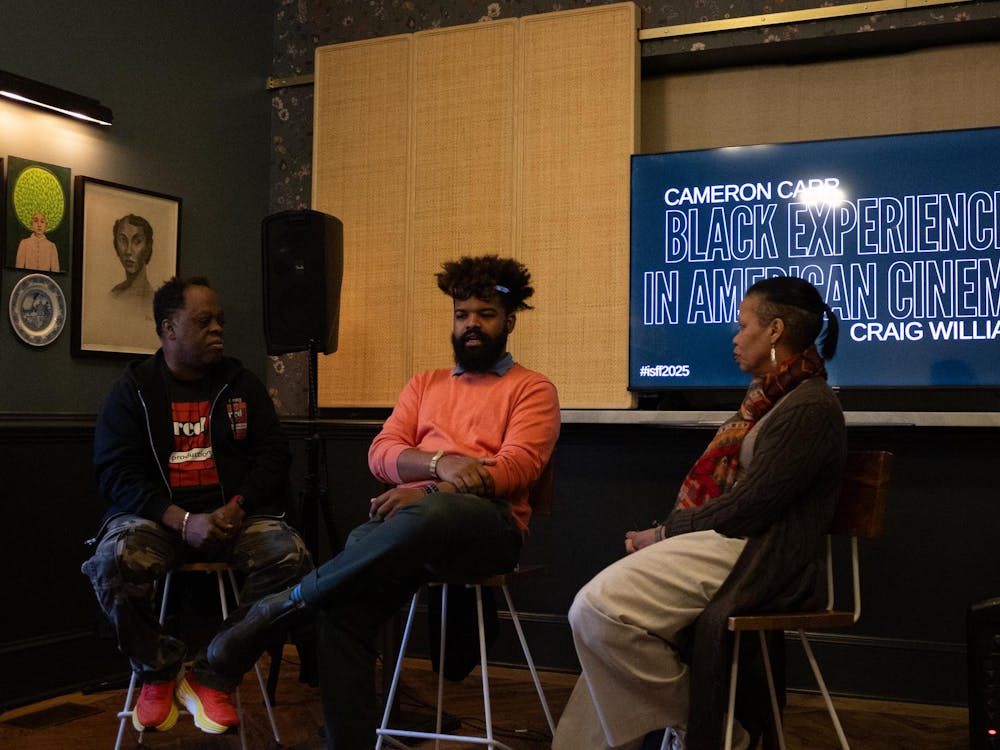Print is everywhere — it spells out the Bodo’s menu board, constitutes the reading assignments spat out by HP Deskjets everywhere and fills the pages of The Cavalier Daily print editions appearing in distribution boxes every Monday and Thursday. Few people give the process of printmaking much attention because of its ubiquity. Few people, that is, besides Jasper Johns.
Johns, born in Georgia and raised in South Carolina, began exploring his interest in symbols, images and icons after settling in New York in the 1950s. Expressing himself primarily through lithography and painting, Johns played an integral role in the Neo-Dada and Pop Art movements of the late 20th century.
Currently on display at the Fralin Museum of Art, “Jasper Johns: Early Prints from the Collections of Jordan D. Schnitzer and His Family Foundation” presents selections of Johns’ various prints and paintings. He distorts and manipulates everyday symbols like bull’s eye targets, numbers and cans of ale to inspire viewers to contemplate the meaning behind commonplace objects.
In “Two Maps I,” Johns presents a fantastically blurred interpretation of the cartographic United States, where swaths of bright red, yellow and blue paint force the viewer to reimagine the typical U.S. map.
Johns’ use of prints, a somewhat untapped medium in the art world, underscores his willingness to highlight the significance of the ordinary. After working with the Universal Limited Art Editions in his early career, Johns eventually became proficient at producing lead reliefs with an embossing press in the 1960s.
His series of black and white prints, titled “0-9” and produced in 1963, underscore his experimentation with lithography. The prints show a series of smudged black digits printed on white paper, elevating the numbers to a place of artistic and aesthetic significance.
Furthermore, Johns’ art fascinates due to his fluency in the language of irony. His works “The Critic Sees” and “The Critic Smiles” subvert reality in a dissonant “Twilight Zone” fashion. The pieces feature mouths in place of eyes and teeth in place of toothbrush bristles — an eerie twist on Johns’ appropriation of symbols. Through his art, Johns questions how amateur and professional reviewers should participate in the analysis of their favorite (or least favorite) works.
Whether or not viewers decode his cloudy enigmas and veiled symbolism, Johns has been supremely successful as an artist. In 2010, President Barack Obama bestowed him with the Presidential Medal of Freedom, the nation’s highest civilian honor.
“Jasper Johns’ work, playing off familiar images, has transfixed people around the world,” Obama said. “Johns pushed the boundaries of what art could be and challenged others to test their own assumptions. He didn’t do it for fame, he didn’t do it for success — although he earned both.”
Head to the Fralin Museum of Art until May 19 to survey Johns’ work for yourself and see if you become transfixed by his interpretation of the ordinary as extraordinary.






